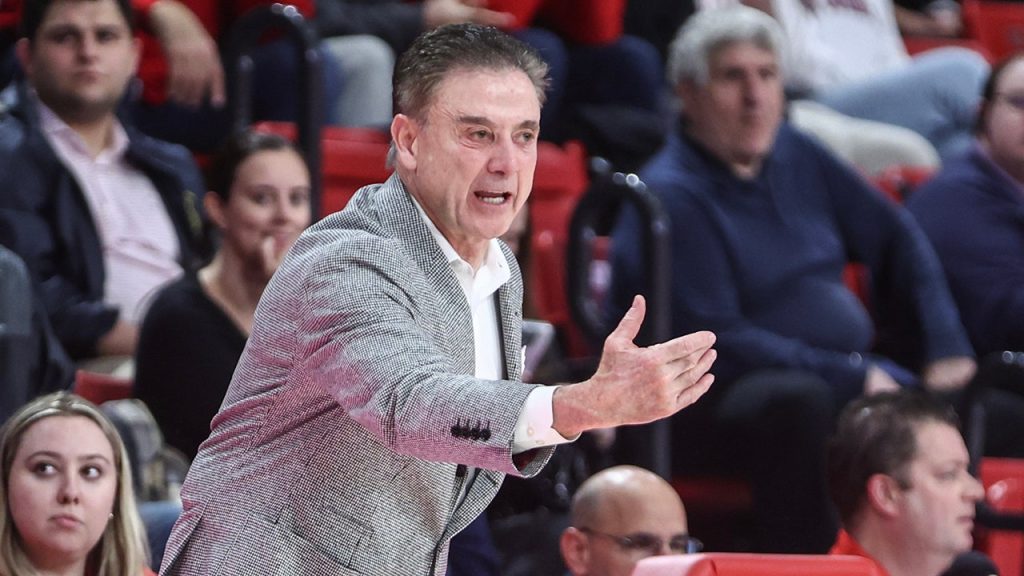The National Basketball Association (NBA) is grappling with a significant decline in viewership, a trend that has sparked widespread discussion and concern among fans, analysts, and league officials. The decline, reported to be as high as 28% in a single year, has prompted a search for explanations and solutions, with theories ranging from the evolving style of play to broader shifts in media consumption habits. This decline comes at a pivotal moment for the league, as veteran superstars like LeBron James and Kevin Durant approach the end of their careers, while the next generation of stars, including players like Anthony Edwards, Zion Williamson, and Ja Morant, have yet to fully capture the national imagination and draw in the massive audiences of their predecessors.
One prominent voice weighing in on the issue is Rick Pitino, the seasoned basketball coach currently at St. John’s University and formerly of the Boston Celtics. Pitino suggests that the NBA’s declining physicality is a contributing factor to the dwindling viewership. He advocates for the return of hand-checking and a generally more physical style of play, arguing that the current emphasis on speed, shooting, and less physical contact has diminished the game’s intensity and appeal. He believes that the players’ exceptional athleticism and shooting prowess, while impressive, have paradoxically made the game less engaging for viewers who may prefer a more rugged and contested style.
Pitino’s perspective adds to the ongoing debate surrounding the evolution of the NBA’s playing style. The league has progressively moved away from the rough-and-tumble era of the 1980s and 90s, characterized by intense physical defense and hand-checking, towards a faster-paced, more offense-oriented game that prioritizes three-point shooting and high-flying athleticism. This shift, while exciting for some, has alienated others who miss the more physical and defensive-minded style of play. This shift has also led to increased scoring, which, while potentially exciting, can also lead to games feeling less competitive if the scores are consistently high.
Beyond the on-court product, another significant factor contributing to the NBA’s ratings decline is the changing media landscape. NBA Commissioner Adam Silver acknowledges the evolving viewing habits of the audience, highlighting the shift from traditional television to streaming platforms. He points out that the league is approaching an “inflection point” where streaming viewership surpasses traditional television viewership. This trend necessitates a change in the league’s approach to media distribution and content creation.
In response to this shift, Silver emphasizes the NBA’s commitment to embracing streaming platforms in its upcoming television deals. He envisions a future where every game is readily available on streaming services, offering greater flexibility and accessibility for fans. This move also opens up new possibilities for enhancing the viewing experience through interactive features, alternative camera angles, and personalized content, features that are difficult to implement on traditional television broadcasts. Silver recognizes the importance of adapting to these changing media consumption patterns to remain relevant and engage a wider audience.
Ultimately, the NBA’s declining ratings present a complex challenge with no easy solutions. The league faces a multifaceted problem involving the evolving nature of the game itself, the generational shift in star power, and the rapidly changing media landscape. Addressing these challenges will require a multifaceted approach, potentially involving rule changes to adjust the style of play, strategic marketing to promote the next generation of stars, and a full embrace of digital platforms to reach a broader and increasingly digitally-native audience. The league must also consider the delicate balance between appealing to long-time fans nostalgic for a more physical style of play while also captivating younger audiences accustomed to the faster-paced, high-scoring modern game. This balancing act will be crucial for the NBA’s continued success and relevance in the evolving sports entertainment landscape.

